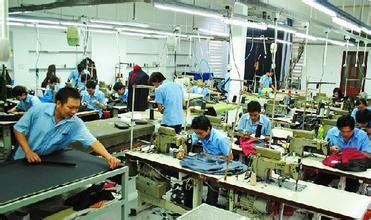
The "Made in China" label is ridding itself of its negative image and reputation of being low-valued as China overtakes the United States to become the world's top leader in international trade.
Factories in China, which has the world's second largest economy, are now producing more sophisticated products for people in different parts of the world. Export of machinery, electrical and high-tech products continues to increase and has surpassed the growth rate of the country's other major exports. In 2013, approximately 80 percent of the country's exports were machinery, electrical and high-tech goods as opposed to textiles, shoes, and furniture, which many thought comprised the bulk of the country's exports.
Increasing labor costs and the strengthening of the yuan have pushed exporters to use the money they have accumulated over the decades to upgrade production. Since its revaluation in 2005, the value of the yuan has increased by more than 36 percent, and this increase has had a great effect on Chinese exporters. Upgrading then became a necessary course of action for export-oriented enterprises.
As Wang Mingxin, general manager of Zhejiang Xinle Textile & Chemical Fiber Co., Ltd. said, the need to upgrade was very critical to their company's survival--a matter of life and death. He explained that upgrading should involve putting emphasis on research and development.
Wang further said that 90 percent of their staff work in the manufacturing department, but in the future they expect to cut that manufacturing percentage down and have 40 percent more of their staff working in development and design.
In a ceremony honoring scientists on Friday, Premier Li Keqiang also said that there is a need for China to rely on scientific and technological innovations to upgrade its overall economy and advance its position in the industrial value chain.



























